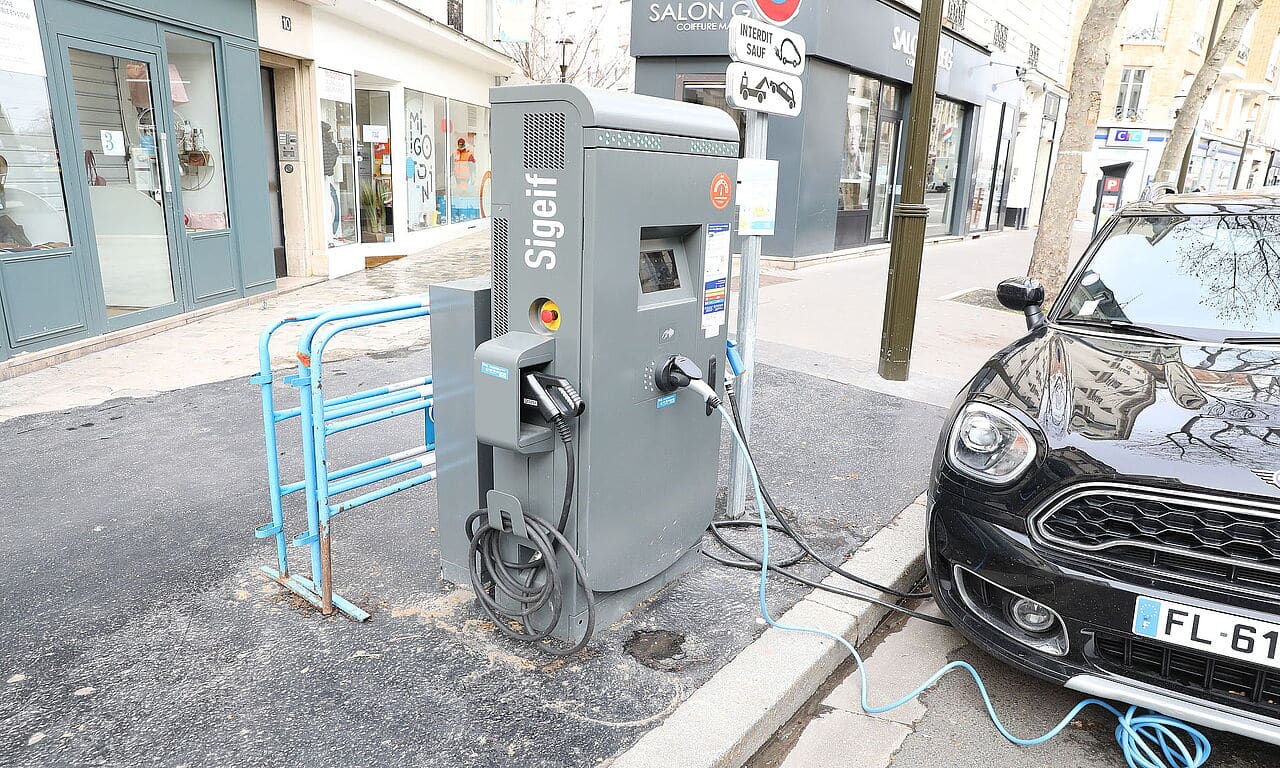Holidays in France: Which Cities Are Best Equipped with Electric Vehicle Charging Stations

The insurer Leocare presents a study that identifies the best-equipped regions and cities, but also those that have made the most efforts in relation to their resources.
In May 2023, France surpassed 100,000 public charging points for electric vehicles, placing it second in Europe, behind the Netherlands and ahead of Germany. But beyond the symbol it represents, and the momentum it highlights, this figure conceals significant disparities between regions and cities, which hinder the adoption of electric mobility across much of the territory.
Electric Charging Points: France Accelerates, But Uneven Distribution
France now has approximately 1.4 million electric charging points, a 45% increase over one year. However, only 7% of these points are publicly accessible. Indeed, in May, France reached the symbolic milestone of 100,000 public charging points, accessible on streets and in municipal, cinema, or shopping mall parking lots. The remaining are private points, located in private homes (54%) and businesses (39%).
The main issue remains geographic disparity. While the country theoretically has more than 150 charging points per 100,000 inhabitants, in reality, some areas are much better equipped than their neighbors.
The Rankings of France’s Most Connected Regions and Cities
According to the study conducted by Leocare, Île-de-France has the highest concentration of public charging points, with a total of 5,022. In comparison, Guadeloupe has only 57. There is thus a significant gap from one region to another. In second place is Auvergne-Rhône-Alpes with 4,917 charging points, likely due to its proximity to Geneva, where thermal cars are still less common on the roads. Nouvelle-Aquitaine, with 4,637 charging points, completes the top 3, while Occitanie closes the ranking with 3,369 charging points.
These regions have the most public charging points:
- Île-de-France: 5,022 points
- Auvergne-Rhône-Alpes: 4,917 points
- Nouvelle-Aquitaine: 4,637 points
- Provence-Alpes-Côte d’Azur: 3,528 points
- Occitanie: 3,369 points
However, not all French cities are equally equipped. Mostly concentrated in Paris and surrounding areas, charging points are much less numerous outside Île-de-France.
These cities have the most public charging points:
- Paris: 809 points
- Marseille: 277 points
- Toulouse: 212 points
- Nice: 187 points
- Bordeaux: 131 points
To go further, Leocare also wanted to conduct the same analysis using relative data, by relating the number of charging points to the number of inhabitants in regions and cities (determining a number of points per 1,000 inhabitants). As a result, rankings change, highlighting territories that have made particular efforts in infrastructure relative to their resources and population.
These cities have the most public charging points per 1,000 inhabitants:
- Rueil-Malmaison: 1.2 points per 1,000 inhabitants
- Mérignac: 0.98 points per 1,000 inhabitants
- Beauvais: 0.89 points per 1,000 inhabitants
- Valence: 0.86 points per 1,000 inhabitants
- Avignon: 0.85 points per 1,000 inhabitants
These cities have the fewest public charging points per 1,000 inhabitants:
- Fort-de-France: 0.049 points per 1,000 inhabitants
- Vitry-sur-Seine: 0.075 points per 1,000 inhabitants
- Cayenne: 0.099 points per 1,000 inhabitants
- Aulnay-sous-Bous: 0.141 points per 1,000 inhabitants
- Argenteuil: 0.144 points per 1,000 inhabitants
The challenge of charging: both quantitative and qualitative
Finally, there is also an uneven territorial distribution in terms of charging power. Specifically, 53% of charging points are AC chargers ranging from 7.3 to 22 kW, often capable of charging a vehicle overnight. The fastest charging points are, conversely, much rarer, and their increased density would facilitate long-distance travel. This is especially important given that the average availability rate of stations (i.e., not under maintenance or out of service) is only 83% across the entire network… !
READ ALSO > Finally, electric recharging without a card
This page is translated from the original post "Vacances en France : Quelles sont les villes les mieux équipées en recharge électrique" in French.
We also suggestthese articles:
Also read






